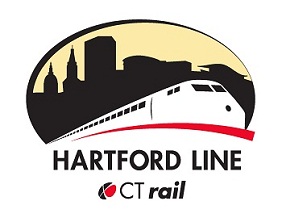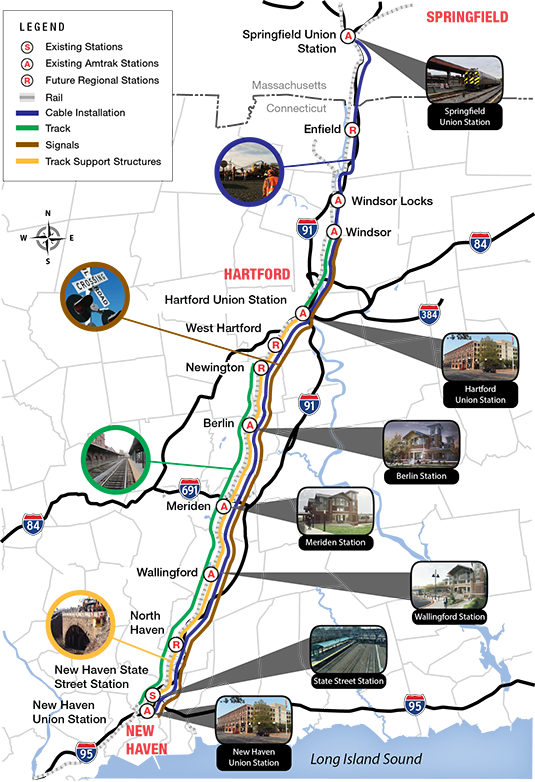Connecticut College Earns Place on LGBT-Friendly List
/Connecticut College in New London is included in the Campus Pride list of the top 50 LGBT-friendly colleges and universities for 2014, the only higher education institution in Connecticut to make the list.
Campus Pride, founded in 2001, is a national nonprofit network of student leaders and campus groups devoted to improving college life for lesbian, gay, bisexual and transgender students across the United States.
This is the first time Campus Pride has expanded its "Best of the Best" list to 50 colleges. In previous years, the top 25 institutions were honored. Campus Pride executive director Shane Windmeyer said the larger number of honorees reflects the progress colleges and universities have made in improving safety and academic life for LGBT students.
The LGBTQ Resource Center on the Connecticut College campus “aims to serve the unique needs of Lesbian, gay, bisexual, transgender, queer and questioning students by providing a supportive space, resource library, social events and educational programming,” according to the school’s website.
“We are committed to understanding how homophobia and heterosexism interlink with sexism, racism, and classism to perpetuate oppression,” the Center website points out. The Center also serves as a resource for the entire College community to learn about issues related to sexuality and gender identity.
The Campus Pride top 50 list is based on data from the Campus Pride Index, which includes detailed reports on the policies, programs and practices toward LGBT students, faculty and staff at more than 425 college campuses.
Connecticut College received a top rating of five stars from Campus Pride, highlighting efforts to provide a safe and supportive academic life for LGBTQ students. Colleges are ranked on a scale of one to five stars by LGBT experts in higher education. The College first appeared on the list in 2013.
"I am delighted that Connecticut College has once again earned national recognition for one of our most deeply held values: our commitment to an inclusive campus community,” said Connecticut College President Katherine Bergeron. “Our learning environment is enhanced immeasurably through the diverse perspectives and experiences of each member of this campus."
"More than ever, colleges today want to be viewed as LGBT-friendly and a welcoming place for all students." Windmeyer said. "Upper-level administrators are now understanding how LGBT-friendliness is key to future institutional success." Officials said the Campus Pride ranking has become a critical factor for LGBT students and their families when choosing a university.
Since the Resource Center opened on the Connecticut College campus in 2007, policies have improved every year, along with the number of services offered to the transgender community. Now transgender students are offered housing consistent with the personal identities and gender-neutral restrooms in campus residences and academic buildings. Training on transgender issues is readily available to students, faculty and staff.








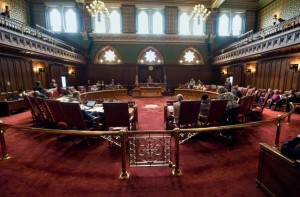
 Republicans. The House Speaker, House Majority Leader, Senate President Pro Tempore Senate Majority Leader, and Senate Republican Leader for the 2015 session are men, as was true in the previous legislative session. Connecticut has seen a woman Speaker of t
Republicans. The House Speaker, House Majority Leader, Senate President Pro Tempore Senate Majority Leader, and Senate Republican Leader for the 2015 session are men, as was true in the previous legislative session. Connecticut has seen a woman Speaker of t he House, but there has not been a woman selected to serve as Senate President Pro Tempore or Majority Leader.
he House, but there has not been a woman selected to serve as Senate President Pro Tempore or Majority Leader.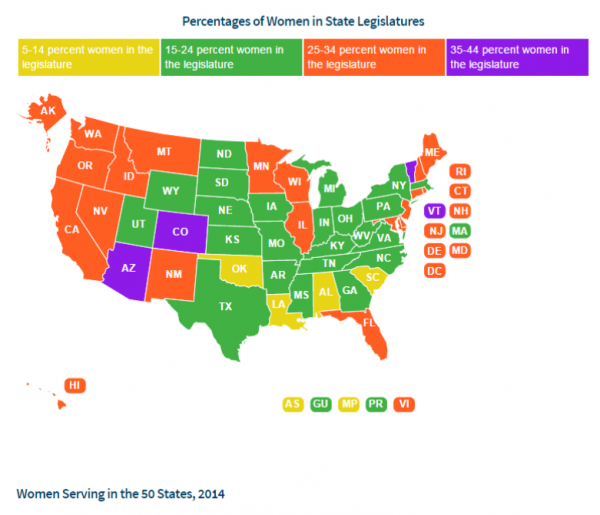
 t households unable to afford all of life’s basic necessities far exceeds the official federal poverty statistics. United Way calls this newly revealed demographic ALICE, an acronym for Asset Limited, Income Constrained, Employed.
t households unable to afford all of life’s basic necessities far exceeds the official federal poverty statistics. United Way calls this newly revealed demographic ALICE, an acronym for Asset Limited, Income Constrained, Employed. an double the official U.S. poverty level.
an double the official U.S. poverty level.




 with the Equality Federation, provide “a revealing snapshot of LGBT equality in municipalities of varying sizes, and from every state in the nation,” the report noted.
with the Equality Federation, provide “a revealing snapshot of LGBT equality in municipalities of varying sizes, and from every state in the nation,” the report noted.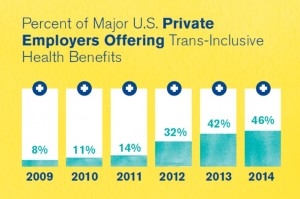 tive state laws.
tive state laws.


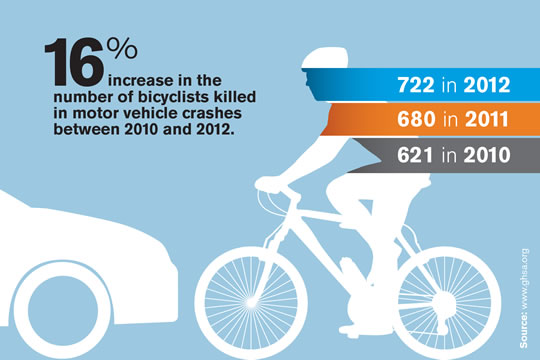
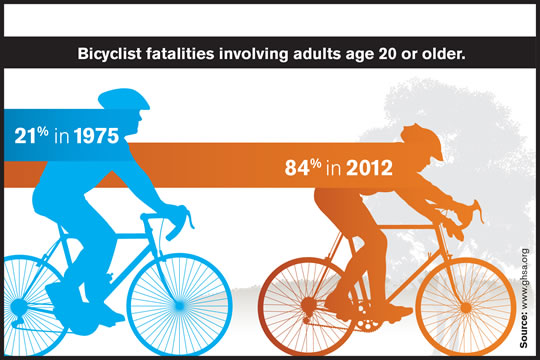
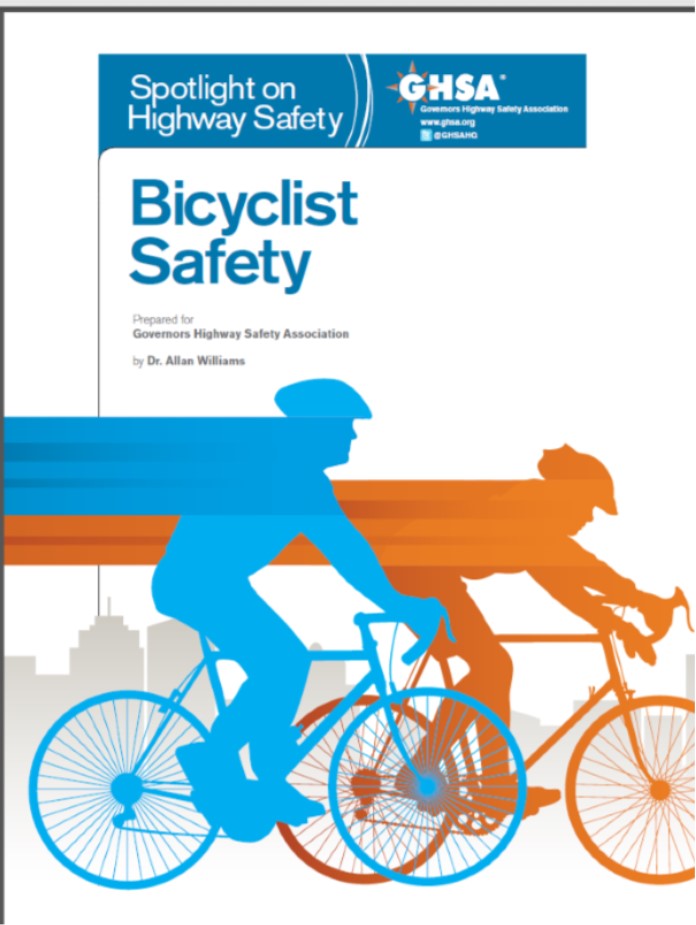 The new GHSA report indicated that in many states and urban areas, engineering measures are being adopted to accommodate bicycles on the road, “with the dual aim of protecting cyclists from collisions with motor vehicles, while encouraging cycling for its health and environmental benefits.”
The new GHSA report indicated that in many states and urban areas, engineering measures are being adopted to accommodate bicycles on the road, “with the dual aim of protecting cyclists from collisions with motor vehicles, while encouraging cycling for its health and environmental benefits.”